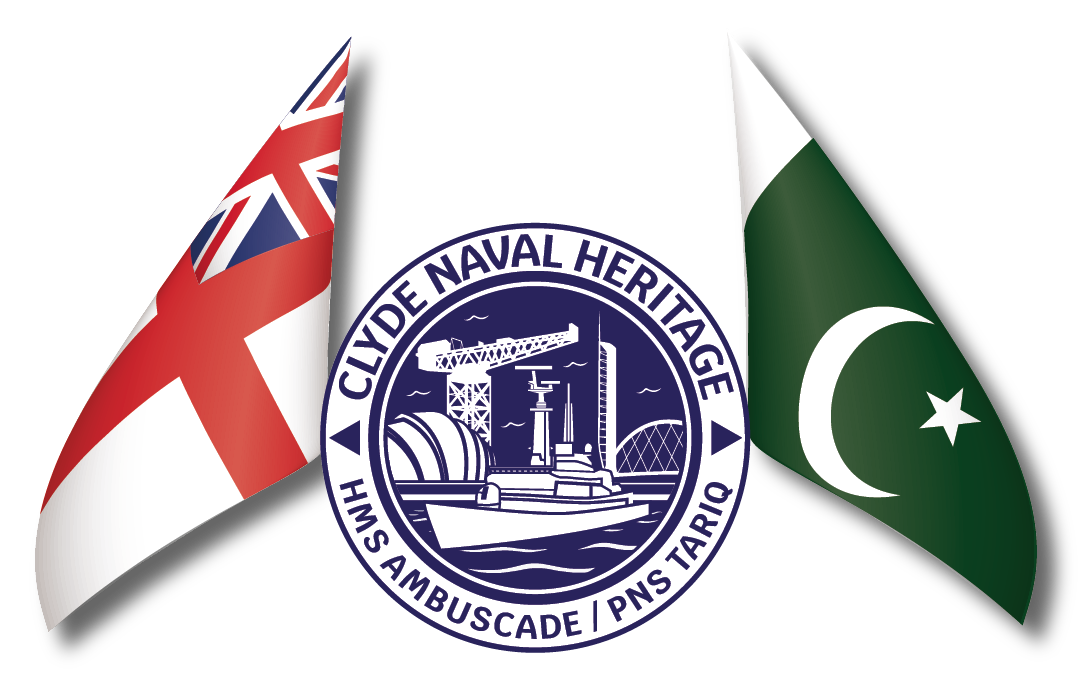HMS Repulse was a Renown-class battlecruiser of the Royal Navy, best known for her distinguished service during both World Wars. Laid down towards the end of World War I and sunk during the early days of World War II, HMS Repulse was a symbol of British naval power during a time of rapid technological change and strategic uncertainty.
Design and Construction
Origins and Purpose
HMS Repulse was initially conceived as part of a naval arms race between Britain and Germany in the early 20th century. The Renown-class battlecruisers, which included HMS Repulse and her sister ship HMS Renown, were designed to be fast, heavily armed, but lightly armoured vessels. They were intended to outpace enemy ships while carrying a formidable armament to threaten enemy battleships and cruisers.
The ship was ordered under the War Emergency Programme in December 1914, as the British Admiralty anticipated that the ongoing war would require a significant expansion of the fleet.
Construction Timeline
HMS Repulse was laid down at Fairfield Shipbuilding and Engineering Company on January 25, 1915, during the height of World War I. However, the design underwent significant revisions before she was launched, primarily because of lessons learned from naval battles such as the Battle of Jutland, where British ships like the battlecruisers were vulnerable due to poor armour protection.
Despite these delays, HMS Repulse was launched on January 8, 1916, and completed on August 18, 1916. Upon completion, she boasted a maximum speed of 32 knots, making her one of the fastest capital ships in the world at the time.
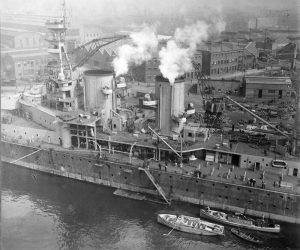
World War I Service (1916–1918)
Initial Deployments
HMS Repulse joined the Grand Fleet shortly after her commissioning in 1916. Although the ship was operational towards the end of World War I, she saw little combat. The ship’s primary function during this period was to participate in fleet manoeuvres and patrols in the North Sea, which were aimed at containing the German High Seas Fleet.
Post-War Adjustments
Following the end of World War I in 1918, the Royal Navy entered a period of reduced budgets and decreased strategic requirements. Like many ships of the time, HMS Repulse was decommissioned and placed in reserve for a brief period, although her role as a battlecruiser would continue to evolve through the interwar years.
Interwar Period (1919–1939)
Modernization Efforts
Throughout the 1920s and 1930s, HMS Repulse underwent a series of significant modifications to keep her in line with advances in naval warfare. These refits included improvements in armour, armament, and fire control systems. In particular, during a major refit between 1933 and 1936, she was equipped with additional anti-aircraft guns and improved torpedo bulges, which were designed to enhance her survivability against submarine and aerial attacks.
Despite these updates, Repulse was still considered vulnerable, especially when compared to newer battleships and battlecruisers being constructed around the world, which boasted heavier armour and greater firepower.
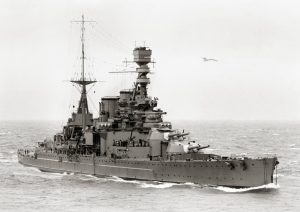
Diplomatic and Ceremonial Roles
During this period, HMS Repulse played a key role in projecting British naval power around the world. She was frequently deployed on ceremonial duties, goodwill visits, and as part of Britain’s presence in key colonial regions such as the Mediterranean and the Far East. One of the more notable assignments was as part of the Royal Tour of Prince Edward, the Prince of Wales (later King Edward VIII) to the Empire’s territories in 1920-1921.
World War II Service (1939–1941)
Early War Operations
At the outbreak of World War II in September 1939, HMS Repulse was once again brought into front-line service. Initially, she was involved in patrols in the Atlantic and North Sea, escorting convoys and searching for German surface raiders.
One of the most significant actions in the early war period involved the pursuit of the German battleship Bismarck in May 1941, although Repulse did not play a direct role in the final engagement.
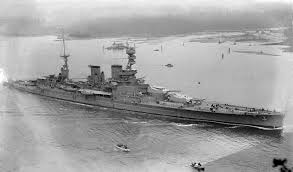
Far East Deployment
In late 1941, as tensions with Japan rose in the Pacific, HMS Repulse was dispatched to reinforce the Eastern Fleet in the Far East, along with the modern battleship HMS Prince of Wales. Together, these ships formed the core of the British Eastern Fleet, also known as Force Z, under the command of Admiral Sir Tom Phillips.
Sinking of HMS Repulse (1941)
The Strategic Situation
Following Japan’s attack on Pearl Harbour on December 7, 1941, the British were faced with the rapid advance of Japanese forces in Southeast Asia. Force Z, consisting of HMS Repulse, HMS Prince of Wales, and four destroyers, was tasked with intercepting Japanese landings in Malaya.
The Battle of the South China Sea
On December 8, 1941, Force Z departed from Singapore to intercept Japanese invasion forces near Kuantan. However, lacking air cover, the task force was highly vulnerable to Japanese aircraft, which had already demonstrated their effectiveness in attacking ships at sea.
On the morning of December 10, 1941, HMS Repulse and HMS Prince of Wales were spotted by Japanese reconnaissance aircraft. Soon after, waves of Japanese torpedo bombers and dive bombers from the 22nd Air Flotilla launched a series of devastating attacks. Despite skilful evasive manoeuvres by the crew of Repulse, the ship was hit by multiple torpedoes, causing catastrophic flooding. She capsized and sank at 12:23 p.m., with the loss of 508 of her crew, although many survivors were rescued by escorting destroyers.
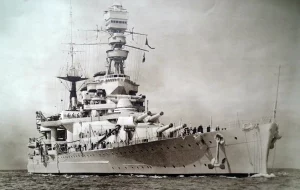
Legacy and Significance
The Sinking’s Impact
The loss of HMS Repulse and HMS Prince of Wales was a profound shock to the British public and military leadership. It marked the first time that capital ships had been sunk exclusively by air power while underway, showcasing the vulnerability of even the largest ships without adequate air support. This event underscored the changing nature of naval warfare and signalled the end of the era of battleships as the dominant force in naval strategy, as aircraft carriers would soon take precedence.
Remembrance
The wreck of HMS Repulse now lies in the South China Sea, designated as a war grave, and is protected under international law. The ship and her crew are remembered annually in commemorative ceremonies, both by the Royal Navy and by naval history enthusiasts.
HMS Repulse serves as a testament to a period of significant transformation in naval warfare. From her inception in the final years of World War I to her tragic end in World War II, her history reflects the shifting balance between speed, firepower, and protection, as well as the evolving role of sea power in global conflict. Her sinking marked a pivotal moment in military history, reinforcing the need for air superiority in naval operations and influencing the strategies of the world’s navies for decades to come.
